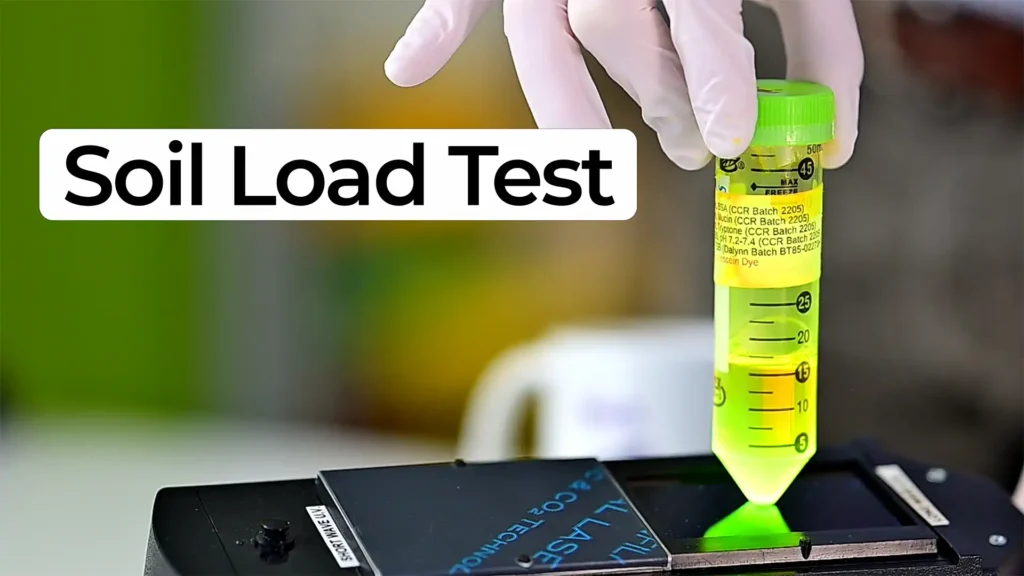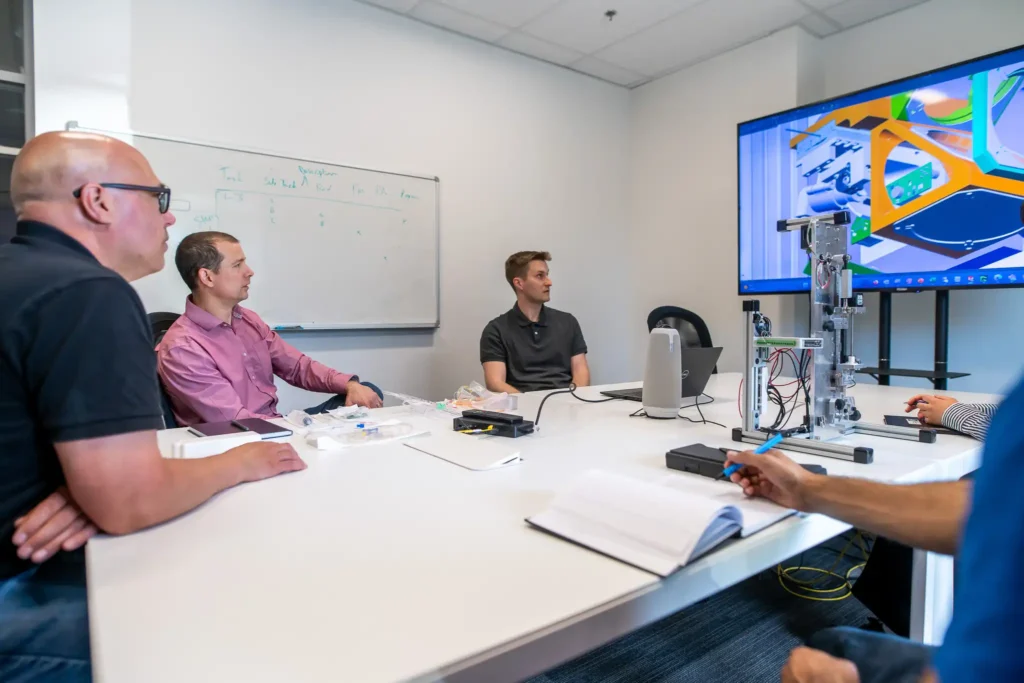
FDA Regulatory Books and PCR Memoirs: End-of-Summer Picks with Nick and Nigel
In this Bio Break episode, Nick Allan and Nigel Syrotuck share their end-of-summer reading list, featuring FDA regulatory books and PCR memoirs. From navigating regulatory hurdles to celebrating groundbreaking discoveries, their choices show how science reading can be both educational and entertaining.
FDA Regulatory Reading
Nigel highlights Innovation Breakdown, a book that examines the regulatory processes of the FDA. He explains that while the FDA ensures medical devices are safe and effective, the pathway to approval can be costly and complex. For innovators, this book illustrates both the challenges and safeguards within the FDA system.
PCR Discovery Through Storytelling
Nick’s pick is Dancing Naked in the Minefield by Kary Mullis. This memoir tells the story of polymerase chain reaction (PCR), a discovery that transformed molecular diagnostics. Mullis’s unusual personality and candid storytelling make the book as engaging as it is informative. PCR continues to influence lab testing worldwide, and Nick reflects on its lasting importance.
End-of-Summer Science Picks
Together, Nick and Nigel offer a mix of perspectives: FDA regulatory books that reveal systemic barriers and protections, and scientific memoirs that celebrate creativity and discovery. Their end-of-summer picks capture how reading can deepen our understanding of both process and innovation.
From FDA regulations to PCR breakthroughs, these end-of-summer reads show how science books can spark insight and inspiration.
Enjoying Bio Break? Sign up to get new episodes sent to your inbox.
Related Resources

Every phase of a device’s life cycle involves different people with distinct needs—from clinicians and patients to service technicians and regulatory bodies.

Nick Allan and Nigel Syrotuck explain how a fluorescent protein assay helps engineers measure contamination and cleaning performance in medical devices.

Your team is ready for design validation. The prototype performs well, test plans are in motion, and everything points to a smooth handoff to manufacturing. Then your partner calls with bad news: they can’t build the device as designed.

You’ve cleared the toughest engineering hurdles and proven your design works. Then, just as you prepare to scale, your contract manufacturer turns you down.
